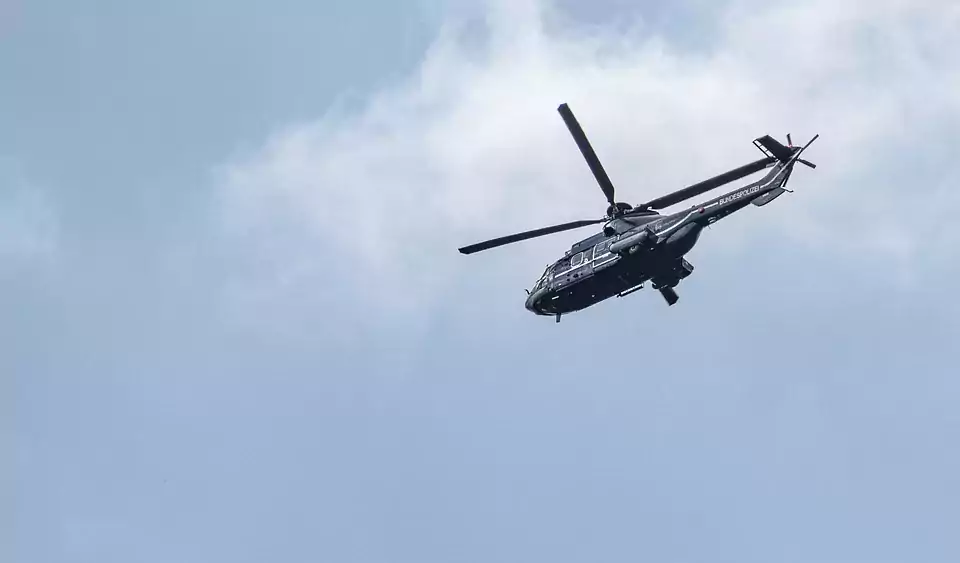Most motorists are alert to law enforcement when driving, taking notice of speed limits, speed camera warnings, and generally being alert to the fact that a police car may be waiting just around the corner.
But how often do you look up?
Sure, if you are being pursued at high speed by a police car, you might expect at some point to be joined by a police helicopter, but have you considered that police might be routinely deploying an ‘eye in the sky’ to check for driving transgressions?
We suspect that few people will have, despite many police forces now deploying drones to assist them in crime prevention.
A spokesperson from Devon and Cornwall Police said: “Drones support our policing activity; the equipment is fitted with high-resolution cameras and thermal capabilities to help us target criminals and help keep you safe.
“We use drones in a variety of Policing contexts. The technology allows us to cover larger areas with fewer officers, obtain images and information from different angles, and get views of areas where it would be dangerous to send a person. Some examples include: capturing evidential images at crime scenes and scenes of road traffic collisions; searching for missing people and offenders; supporting incidents where people are in dangerous positions or hazardous terrain, and supporting partner agencies such as the fire brigade.
In 2021 drones supported 553 incidents or investigations within Dorset, Devon, Cornwall and the Isles of Scilly (603 in 2020). In June 22 drones supported 78 individual incidents/investigations in one month alone.”
Unlike members of the public, the police do have authorisation to fly in congested areas and over people/ premises, provided that other conditions and minimum separation distances are met.
As a firm, we always scrutinise how alleged crimes are detected. In cases where aerial or other video technology is deployed, we will carefully consider any privacy considerations that must be balanced with crime prevention strategies.

